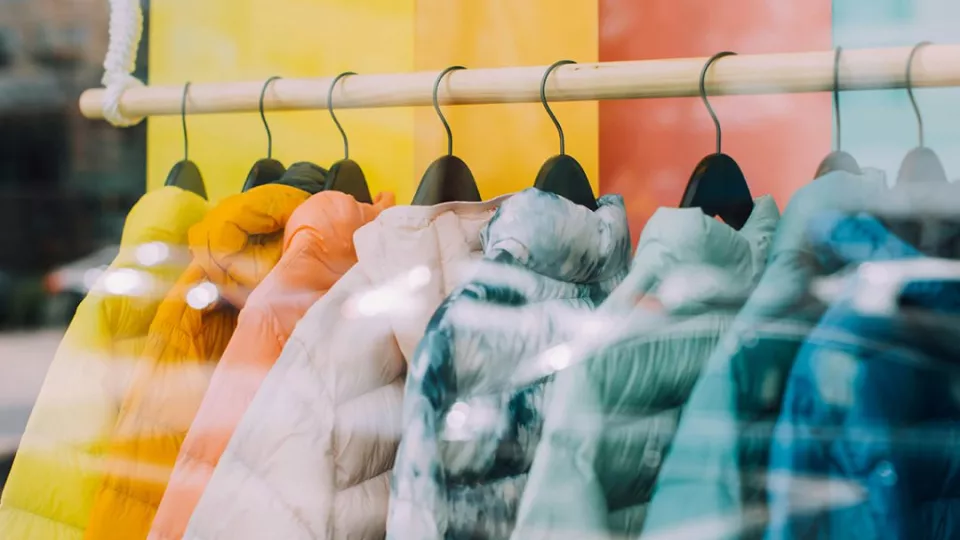In the new book “Sufficiency in Business - The Transformative Potential of Business for Sustainability”, IIIEE Professor Oksana Mont contributes with real-life examples of sufficiency-oriented companies from the fashion industry. The fashion industry accounts for about 10% of global carbon dioxide emissions. The reason for the fashion industry’s large emissions is “fast fashion” – a business model characterized by rapid trends, low-cost clothing, and low quality. This leads to massive waste and ever-growing consumption, as the clothes quickly wear out and become outdated. In response, a movement of clothing companies practicing “slow fashion” has emerged.
Prof. Oksana Mont has examined how fashion companies in France have operationalising “sufficiency” as an approach. Their for a fundamental change in the textile industry is evident in several ways. The companies have a different perception of time, focusing on long-term sustainability and quality rather than quantity. Another aspect is that fairness is a central value—the companies consider all stakeholders, including the environment and society, which contrasts with traditional companies’ focus on shareholders’ interests.
Read a brief interview with Prof. Oksana Mont here.
Read more about the book and book chapter here.


